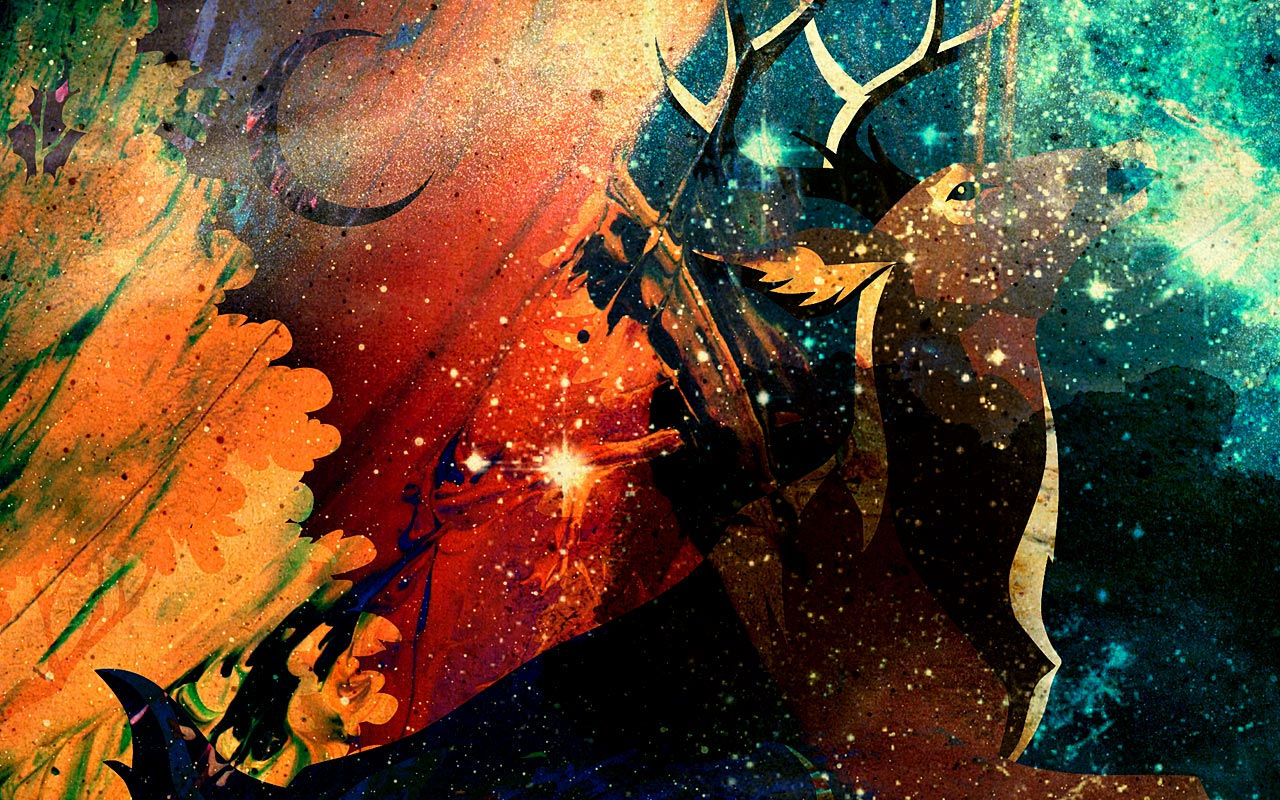
Media Arts ASM2O
Course Outline -Grade 10 Media Arts ASM2O
This course enables students to create media art works by exploring new media, emerging technologies such as digital animation, and a variety
of traditional art forms such as film, photography, video, and visual arts. Students will acquire communications skills that are transferable beyond the media arts classroom and develop an understanding of responsible practices related to the creative process. Students will develop the skills necessary to
create and interpret media art works.
Creating and Presenting: Students use the creative process independently and collaboratively to produce and present media art works that incorporate the principles of media arts and the elements of the contributing arts. Students explore traditional and emerging technologies, tools, and techniques to create works for a variety of audiences.
The Creative Process: apply the creative process to create media art works, individually and/or collaboratively
The Principles of Media Arts: design and produce media art works, applying principles of media arts and using various elements from contributing arts (dance, drama, music, visual arts)
Using Technologies, Tools, and Techniques: apply traditional and emerging technologies, tools, and techniques to produce and present media art works for a variety of audiences and purposes.
Reflecting, Responding, and Analysing: In this strand, students use the critical analysis process to develop their understanding of and appreciation for media art works. Students examine the interrelationships between media art works and individual and cultural identities and values, generating a deeper understanding of themselves and the communities in which they live.
The Critical Analysis Process: demonstrate an understanding of the critical analysis process by examining, interpreting, assessing, and reflecting on media art works
Identity and Values: demonstrate an understanding of how media art works reflect personal and cultural identity, and affect personal, cultural, and community values and their awareness of those values
Connections Beyond the Classroom: demonstrate an understanding of the types of knowledge and skills developed in media arts and how they can be used outside the media arts classroom.
Foundations: In this strand, students acquire theoretical concepts and a specialized vocabulary for evaluating their own creations and the work of other media artists. They learn about the historical and sociocultural contexts of media arts and examine ethical, environmental, and safety issues associated with this art form.
Terminology: demonstrate an understanding of, and use correct terminology when referring to, elements, principles, and other concepts relating to media arts
Contexts and Influences: demonstrate an understanding of the sociocultural and historical contexts of media arts
Responsible Practices: demonstrate an understanding of responsible practices associated with producing, presenting, and experiencing media art works.
PRINCIPLES of Media Art - Four organizing principles guide the creation of media art works: hybridization, interactivity, duration, and point of view.
Hybridization involves innovative ways of combiningart disciplines to create what can be called “hybrid” forms of art.
Duration explores thenature of time and how its perception can be manipulated and presented.
Interactivity involves viewer participation and includes artforms such as interactive installations, performance art, gaming environments,
and web-based art.
Point of View can be expressedboth conceptually – revealing, for example, the artist’s political perspective – and physically through perspective.
ELEMENTS of Media Art are also drawn from contributing arts: for example, line, colour, and texture from visual arts; space, time, and energy from dance; rhythm (duration), harmony (pitch), and dynamics from music; and character, place, and tension from dramatic arts.
The technologies and processes used and adapted to create media art may be traditional, including, but not limited to, photography, film, photocopy art, analog and electro-acoustic sound, classical animation, and video/television. The technologies and processes may also be digital:computer software, digital imaging and graphics, digital sound recording and sonic sculpture, two- and three-dimensional animation, multimedia production, holography,and web page design.


